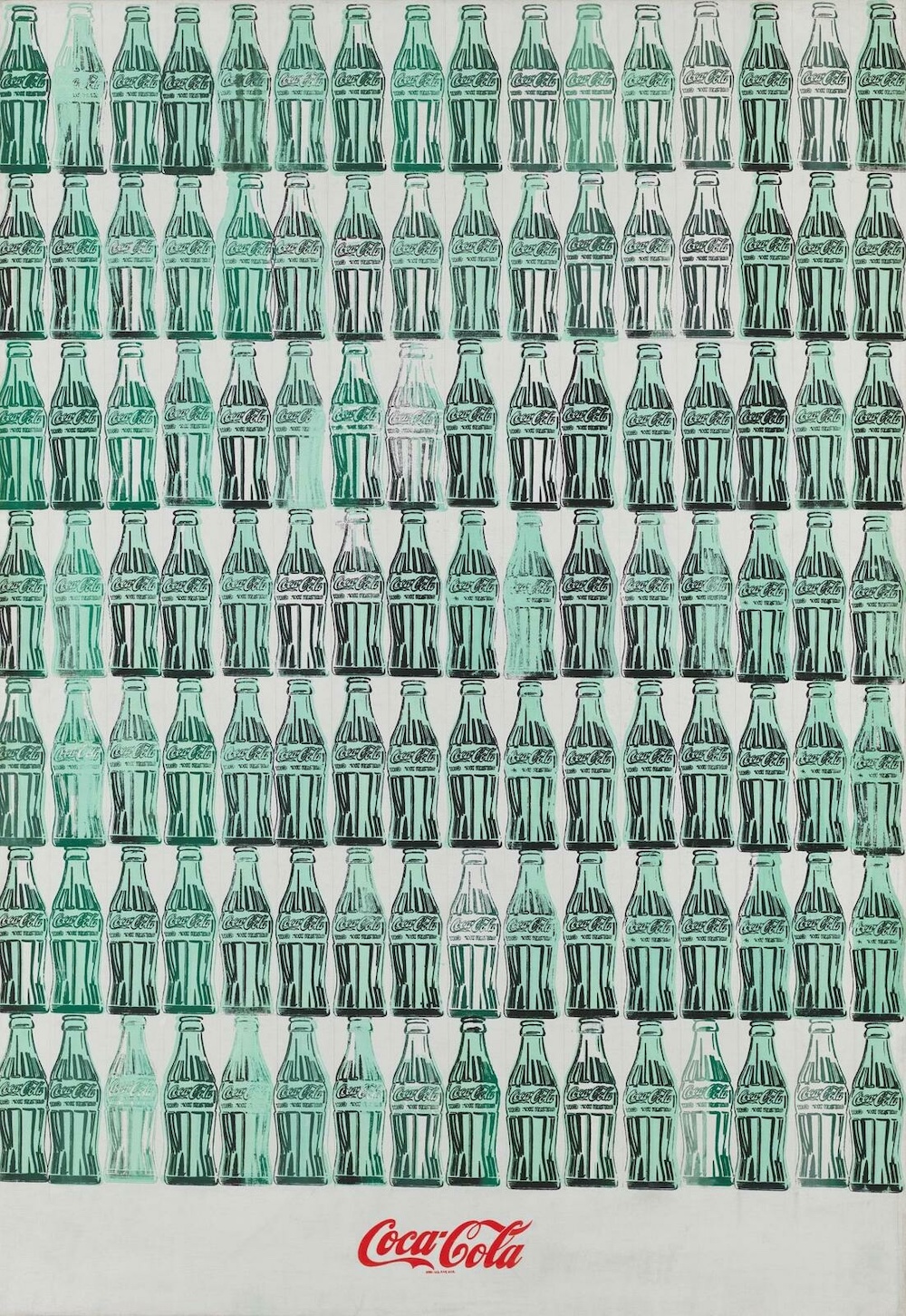Andy Warhol | Tate Modern
I’ve been waiting to see this show for ages, given Tate’s pandemic-induced shutdown just after its opening. This vast, career-spanning retrospective has been extended now until November. Following all that anticipation, it was a sad experience to visit Tate Modern post-lockdown. I could deal with the need to pre-book, the long queues and the mask wearing - all good by me. But the long queues and implied one-way system made me feel like I needed to keep moving forwards, and not linger on this or that. Given Tate’s outrageously high prices (£22 for non-members), the viewer feels under quite a lot of pressure to take it all in - quickly - then leave in order to let others in behind.
This isn’t one that’s going to have repeated viewings then, though I guess we can console ourselves that a high pace of consumption suits the subject matter. As an artist and as a man, Andy Warhol was always moving on to the next party or starlet or medium. But on the other hand, this is a massive, deep and thought-through, chronological retrospective of a super-important oeuvre. It’s the type of show that we should linger on and return to - if conditions were better.
 Green Coke Bottles (1962)
Green Coke Bottles (1962)
What a life! Blake Gopnik’s recent biography of the man himself runs to 976 pages, reflecting the artist’s awesome, machine-like output. (A comparison the man himself would have welcomed.) Warhol’s home-town museum in Pittsburgh alone contains 12,000 works, surely the overall total is in the high five figures.
Of course, the sheer volume of the production is kind of the point: the artist believed in mechanistic over-production, saturation even. Tate’s show notes point out that Warhol’s preferred term for his kind of art wasn’t Pop at all, it was “commonism”. His relentless, avid, crafty repackaging of the quotidian led to some of the 20th century’s most purely iconic artworks.
Unsurprisingly Tate has brought out the big guns. The show’s third room, featuring perhaps Warhol’s most famous series of works - his 60s screen prints - is overwhelming. There’s some cans of soup over there: Warhol grew up so poor in Pittsburgh that he used to make his own with ketchup, salt and hot water. And, over there, his gun-toting Elvis.
On that wall there, his impressively sick photo reproductions of grisly car accidents, a girl’s suicide, and a race riot. (Presented as part of a series called Death and Disaster - surely Warhol’s ripe for being cancelled.) I would have loved to have lingered, picking out details such as the subtle variation on my favourite work in the room, his early hand painted Coke bottles (pictured above, from the Whitney). As Warhol said, a monarch and a pauper both get exactly the same product: “No amount of money can get you a better Coke.”
 Sixty Last Suppers (1986)
Sixty Last Suppers (1986)
It all tailed off later, as this show generously demonstrates. He got into Mao in the 70s, and sold wallpaper as well as the screen prints of the mass murderer, chosen as a subject because of his global fame. Saddest of all is his Sixty Last Suppers (1986), a wall of reproductions produced in the last year of the artist’s life, in black and white, glowing in a dark room. In the minimal variations of repetition, the flatness of the effect, it’s a desolate experience to view.
The notes make bold claims that these static groups of men represent a kind of memorial for Warhol’s friends, as AIDS ravaged around the world. But, compared to his lively and lovely coke bottles, lovingly crafted 24 years before - it seemed to me sad in a different way, redolent of an artist who has produced endless great ideas in the past, but is now adrift, running on fumes.
As his biographers show, Warhol was always a profoundly sad man. The art got sad too by the end.
Andy Warhol is at Tate Modern (London). March 12 - November 15 2020